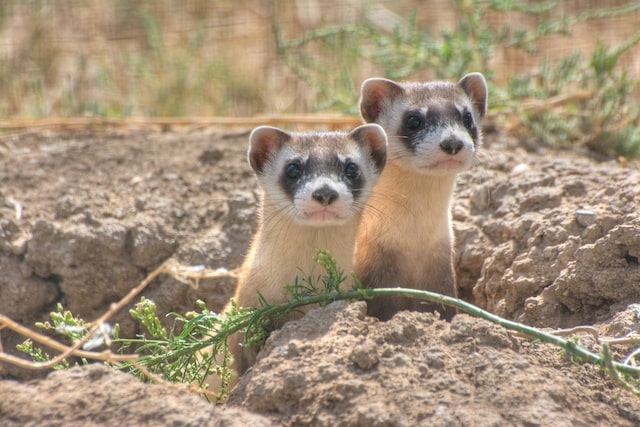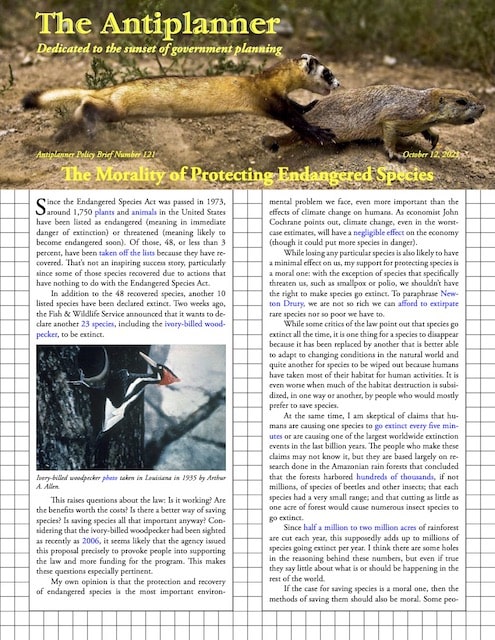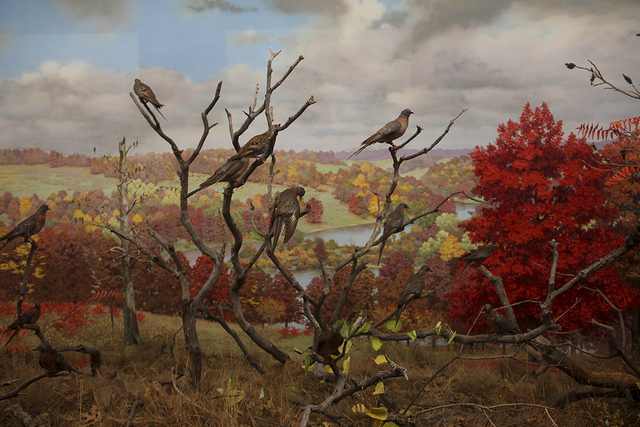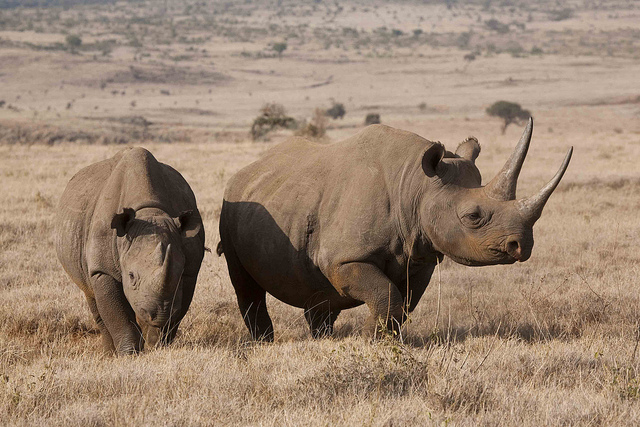Three environmental groups filed a lawsuit yesterday challenging the Fish & Wildlife Service for its failure to recover the black-footed ferret, an animal the agency once called “the most endangered mammal in North America.” The three groups — WildEarth Guardians, Western Watersheds Project, and Rocky Mountain Wild — argue that the agency has not taken the steps needed to save the ferret in Wyoming.
Black-footed ferrets peer out of a burrow that was probably dug by prairie dogs. The ferrets rely on prairie dogs for both food and shelter. Fish & Wildlife Service photo by Kimberly Fraser.
As I noted in a recent policy brief (and as described in much more detail in this 1996 report), the ferret relies on prairie dogs for both food and shelter, but ranchers have convinced both the federal and state governments to poison prairie dogs by the tens of thousands. For the first decade after the Endangered Species Act was passed, the leading poisoner of prairie dogs was the Fish & Wildlife Service itself, whose aggressive anti-prairie dog campaigns had already eliminated the animal from 95 to 98 percent of its historic range. Continue reading












